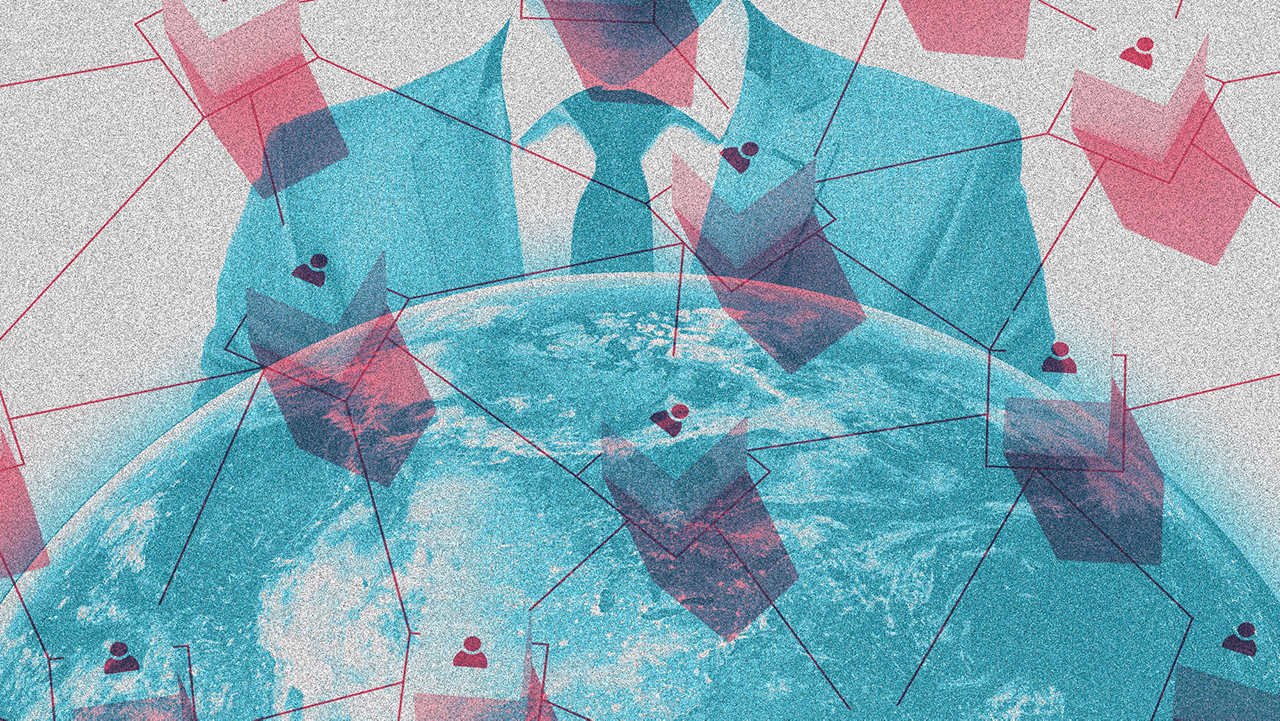
Beneficial ownership
Corporate ownership writ large poses significant gaps insofar as tackling corporate capture is concerned. Property rights, banking and fiduciary secrecy, offshore banking and incorporation, fiscal loopholes, limited liability companies, other forms of private capital, and beneficial ownership opacity are among the challenges preventing us from answering a key question: Who benefits? If the corporate capture of the State is meant to benefit private interests, then whose interests are we talking about?
According to PODER (Mexico), the challenges presented by complex corporate ownership and beneficial ownership opacity are numerous. “When analyzing large corporations, especially those with activities in more than one country, it is common to encounter complex corporate ownership schemes, composed of numerous corporate vehicles with different corporate purposes, often incorporated in more than one jurisdiction (or country). Even when companies are public (or have publicly-traded shares) and are based in a country with high corporate transparency standards, it is difficult to identify all the companies (or subsidiaries) that are part of and controlled by the holding company, which is the company required to provide consolidated information on the group’s operations. (…) Complex corporate ownership schemes are increasingly common, not only to operate in multiple jurisdictions but also to reduce the tax obligations of a corporate group and/or limit the risk and liability (environmental, social, human rights) of investment in a specific project or asset. (…) It is important to note that incorporating a complex corporate structure is not illegal. However, the corporate veil and jurisdictions with lax regulations can be exploited by certain actors for the specific purpose of hiding, through numerous layers of ownership, those who control or benefit from a company.”
Thanks to a massive leak, The Panama Papersblew the lid off of fiscal paradises worldwide. “The leaked data covers nearly 40 years, from 1977 through the end of 2015. It allows a never-before-seen view inside the offshore world — providing a day-to-day, decade-by-decade look at how dark money flows through the global financial system, breeding crime and stripping national treasuries of tax revenues. Most of the services the offshore industry provides are legal if used by the law abiding. But the documents show that banks, law firms and other offshore players have often failed to follow legal requirements that they make sure their clients are not involved in criminal enterprises, tax dodging or political corruption. In some instances, the files show, offshore middlemen have protected themselves and their clients by concealing suspect transactions or manipulating official records.”
Largely thanks to The Panama Papers, we better understand corporate ownership, beneficial owners, who benefits, and how.That said, the 214,488 shell companies and other offshore entities named in the leaks are but a fraction of corporations worldwide. A problem of this size poses enormous challenges for identifying companies, let alone their owners. Though theU.S. Securities and Exchange Commissionidentifies beneficial owners as those investors who own 5% or more of a company, it misses the larger picture: who are the physical individuals — the beneficial owners — that own any given company?
Several organizations, including Open Ownership, Transparency International, and the Extractive Industries Transparency Initiative (EITI), engage with dozens of governments worldwide to implement beneficial ownership reforms, including new laws and registries to disclose the true owners of corporations. This process is slow. Around 79 countries have beneficial ownership registration laws. However, only a small subset — perhaps 15 at most — implements effective, transparent registries.
